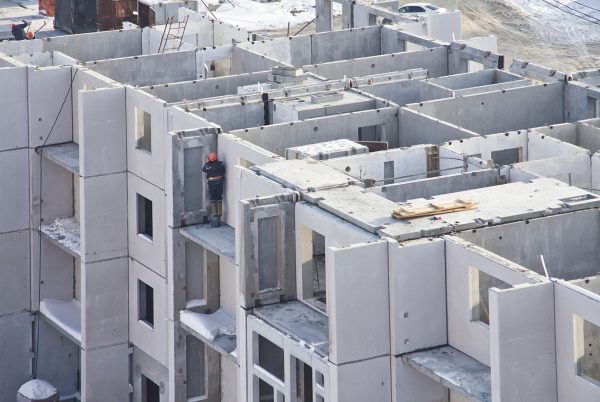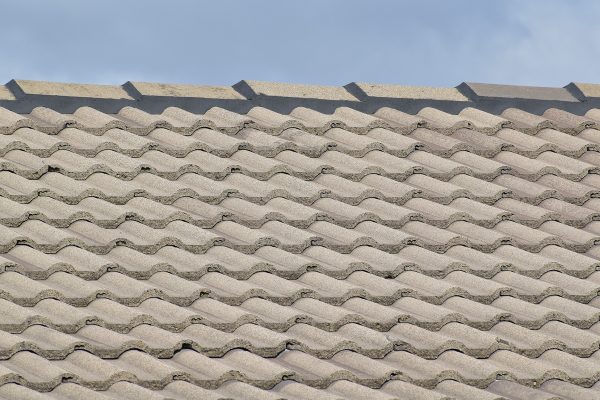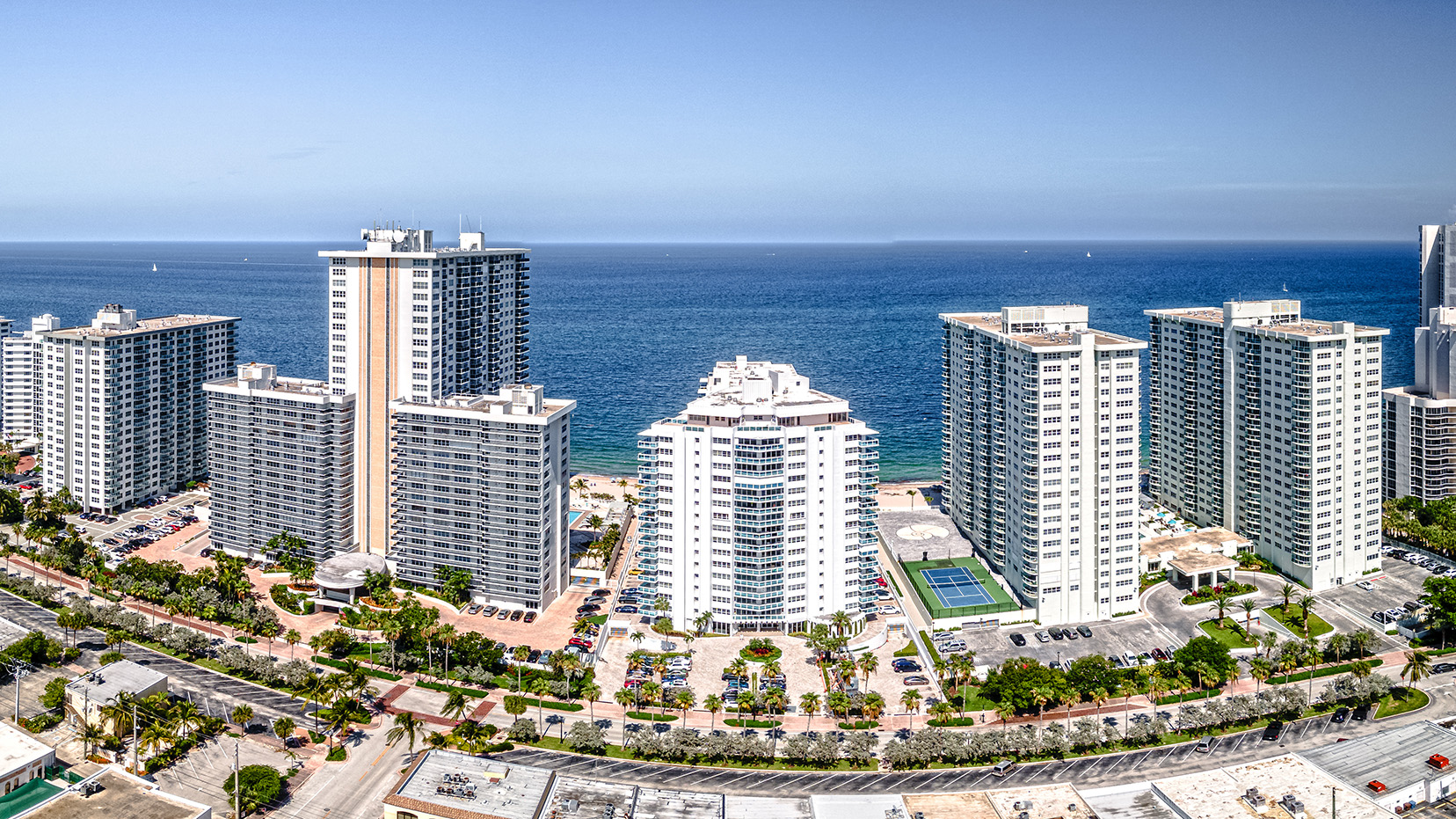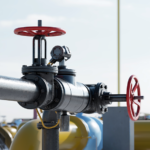The increasing frequency and intensity of hurricanes in recent years have heightened the need for strong commercial construction practices and stringent building codes in vulnerable regions.
Watching hurricane behavior and trends is crucial for designing resilient structures and planning urban development in coastal areas. Below are key factors, recommended materials, and building code requirements for commercial construction in hurricane-prone regions.
Key Factors:
- Wind resistance: Buildings need to withstand high wind speeds, often exceeding 150 mph in severe hurricanes.
- Water resistance: Structures must be designed to prevent water intrusion from both rain and storm surge.
- Impact resistance: Materials and designs should be able to withstand debris impact during storms.
- Elevation: Many areas require buildings to be elevated above potential flood levels.
- Reinforced structures: Stronger foundations, roof systems, and overall structural integrity are crucial.
- Building codes: Hurricane-prone regions often have stricter building codes that must be adhered to.
- Materials selection: Use of corrosion-resistant and water-resistant materials is important.
- Backup systems: Incorporation of emergency power systems and water management solutions.
- Insurance considerations: Meeting specific construction standards can affect insurance rates and coverage.
- Resilient design: Creating structures that can quickly recover and remain functional after a storm.

Recommended Materials:
1. Foundation:
- Reinforced concrete
- Steel-reinforced concrete piles or piers
2. Walls:
- Reinforced concrete masonry units (CMU)
- Insulated concrete forms (ICF)
- Steel framing with impact-resistant sheathing
3. Roof:
- Metal roofing systems (standing seam)
- Concrete tiles
- Modified bitumen for flat roofs
4. Windows and doors:
- Impact-resistant glass
- Laminated glass systems
- Steel or aluminum storm shutters
5. Exterior cladding:
- Fiber cement siding
- Brick or stone veneer (properly anchored)
- High-impact vinyl siding
6. Structural connections:
- Hurricane straps and clips
- Stainless steel fasteners and anchor

Commercial Building Codes:
General Requirements
- Design wind speeds: Buildings must be designed to withstand wind speeds specified in ASCE 7 (Minimum Design Loads for Buildings and Other Structures), which can range from 115-180 mph depending on location and risk category.
- Risk categories: Buildings are classified into risk categories (I-IV) based on their use and importance, with higher categories requiring more stringent design criteria.
- Elevation requirements: First floor elevation must be above the base flood elevation (BFE) plus additional freeboard (typically 1-3 feet) as specified by local regulations.
Structural Requirements
- Continuous load path: Buildings must have a complete load path for wind forces from the roof to the foundation.
- Roof systems: Must meet uplift resistance requirements specified in local codes, often referencing FM 4470 or UL 580 standards.
- Impact resistance: Exterior glazing must meet impact resistance standards (e.g., ASTM E1996 and E1886) or be protected by approved shutters.
- Foundation design: Must account for both wind and flood loads, including potential scour and erosion.
Building Envelope
- Water intrusion: Building envelope must be designed to prevent water intrusion under specified wind pressures and rainfall rates.
- Roof coverings: Must be rated for high wind speeds and secured according to manufacturer’s high-wind installation instructions.
- Exterior equipment: HVAC and other rooftop equipment must be adequately anchored to resist wind forces.
Additional Requirements
- Flood-resistant materials: Materials below the design flood elevation must be flood-resistant as defined by FEMA Technical Bulletin 2.
- Breakaway walls: In coastal A and V zones, walls below the lowest floor must be designed to break away under flood conditions without causing damage to the structure.
- Debris impact protection: Critical facilities may require additional protection against wind-borne debris.
- Emergency systems: Essential facilities must have backup power systems and be designed to remain operational during and after a hurricane event.
Code References
- International Building Code (IBC)
- ASCE 7: Minimum Design Loads for Buildings and Other Structures
- FEMA P-2439: Buildings in Hurricane-Prone Regions
- Local and state amendments to model codes (e.g., Florida Building Code, Miami-Dade County Code)
Note: Specific requirements can vary by jurisdiction. Always consult local building authorities for the most up-to-date and applicable codes.
These building codes and recommended materials are designed to work together to create structures that can withstand the extreme conditions present during hurricanes. The codes are regularly updated based on lessons learned from recent hurricane events and advances in engineering knowledge.
It’s important to note that while these are general guidelines, specific requirements can vary significantly depending on the exact location, type of structure, and local regulations. KBCm can help you plan commercial construction in hurricane-prone areas. Reach out to Skyler at 940-366-2231 for more information.



